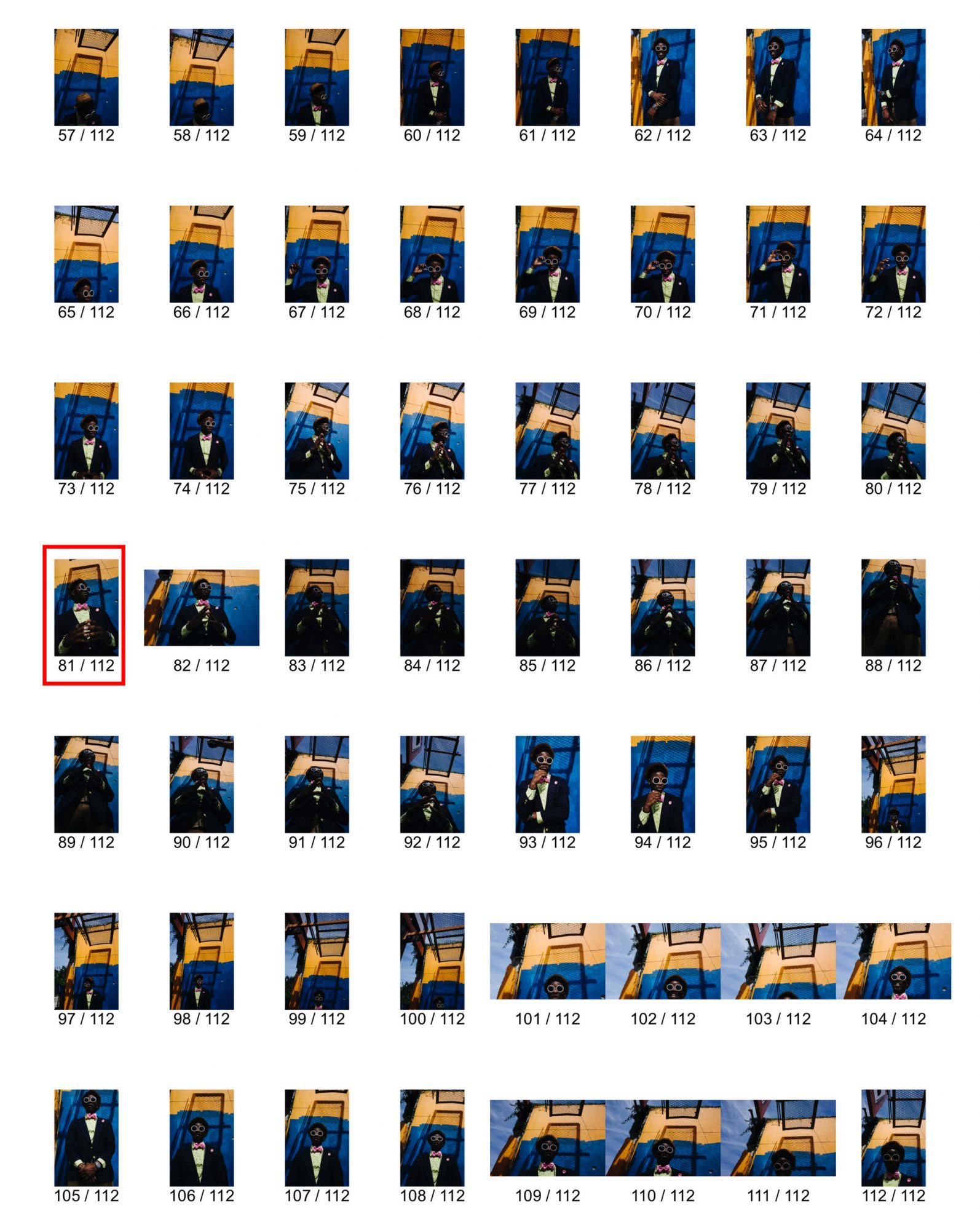Your cart is currently empty!
Photography is Trial and Error

Every time you click the shutter, you are making an “attempt” to make a good photograph.
Photography is trial and error. When you click the shutter, you don’t know whether you will get a good shot or not. Most of the time we will fail. But we learn how to make better photos from our failures.
We examine our photos after we’ve shot them — and we think to ourselves, “How can I make a better photo next time?”
Life is trial and error

In life, we don’t know what is best for us. The most intelligent thing to do is to just experiment. To learn from trial and error.
Are you not sure whether that person is right for you romantically? Trial and error it — go on a few dates, and learn if you’re wrong about that person (or right).
Are you running your own business? Keep tinkering, and experimenting with new ideas. Figure out what works, and ditch what doesn’t work.
Try to fix things
If you’re fixing your car that doesn’t start, it is all based on trial and error. Disconnect certain things, and re-connect certain things.
The same thing goes for fixing your computer, for fixing appliances, or any gadget you have lying around.
“Attempt” more.

Apparently the word “essay” means “attempt.” Whenever you write an essay, you are trying to make sense about the world. You are attempting to gain self-wisdom.
When you click the shutter, you are attempting to make more sense of the world. You are attempting to make more sense of how you see the world. You are trying to understand who you are as a human being, through the images that you make.
No pressure
Don’t put too much pressure on yourself. Each time you click the shutter, it is just an attempt. It is very rare you will make a good photo. If you can click 100 times, and get 1 good photo, you are doing (really) well.
The same goes with me as a blogger— whenever I blog something, I am not sure whether it will resonate with people or not. But I am simply making “attempts.” I am learning about my writing through trial and error. Because nobody has the answers, and nobody can predict the future.
How to be more “successful”

A practical tip to maximize your success rate (or the chance for you to do more trial and error) is to maximize serendipity around yourself.
That means, put yourself in more random, and novel situations. Go to dinner parties with people you don’t know. You are more likely to meet someone very unique and interesting. Don’t just stay trapped in your small social circle. In sociology I actually learned that “weak ties” (friends of friends, or random acquaintances) are the key to finding jobs, and opportunities.
Not only that, but it might mean living in a city that allows for more serendipity. That is one of the big benefits of living in a popular city — you are more likely to go to parties with more serendipity, you are more likely to find exhibitions or galleries with more serendipity, or you are more likely to bump into random people at cafe’s.
But don’t fret— if you live in the country, you still have the internet; the ultimate serendipity machine. Often times I waste a lot of time on YouTube, Google, and Wikipedia — to find random concepts, and ideas, that give birth to articles (like this).


Another concept: “Love to lose”. Don’t see losing, or failure as a downside. Realize the more you make mistakes, the more you fail, the more likely you are to make it big.
Each time you swing your bat, you have a chance of hitting a home run. To use a more European analogy — each time you kick the ball, the more likely you are to make a goal.
Seize anything in life that looks like an opportunity — and take more risks. Don’t take dumb risks with unlimited downside. Rather, figure out what is your “worst case scenario” in terms of your downside of risk. Limit your downside, and maximize your upside.
Learn to love risk

To learn more about serendipity, randomness, and gaining more upside from life, I highly recommend reading “Antifragile” by Nassim Taleb, as well as his books “Fooled by Randomness” and “The Black Swan.”
Or feel free to read my entrepreneurship articles, which are a distillation of what I’ve learned from these philosophers and businesspeople.

Take more risks. Stay hungry, stay foolish. Don’t be so foolish that you will die, but clip you downside, and maximize your upside.
Always,
Eric
To learn the importance of “working the scene” in street photography, check out my new book: “Street Photography Contact Sheets Volume II“